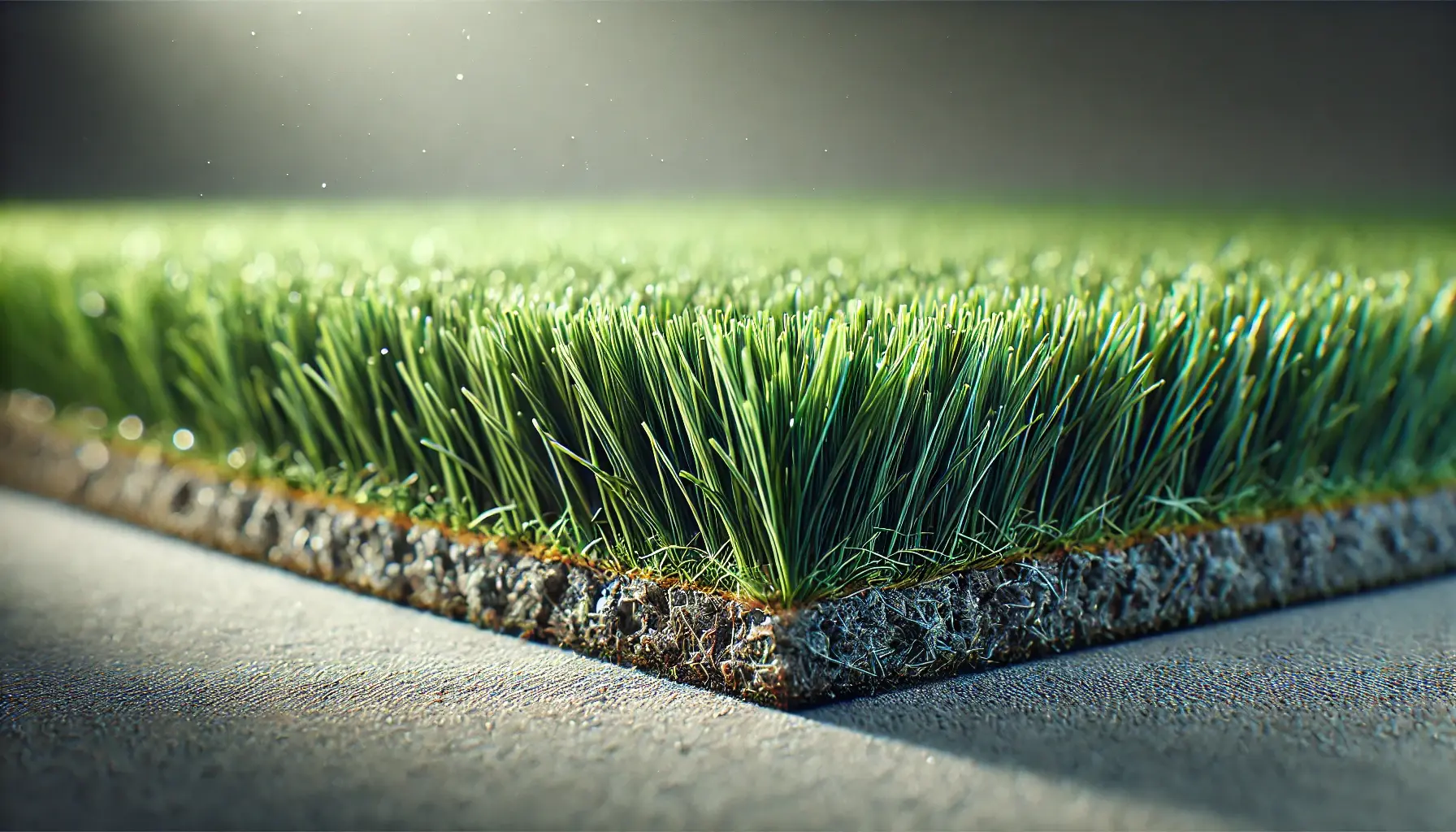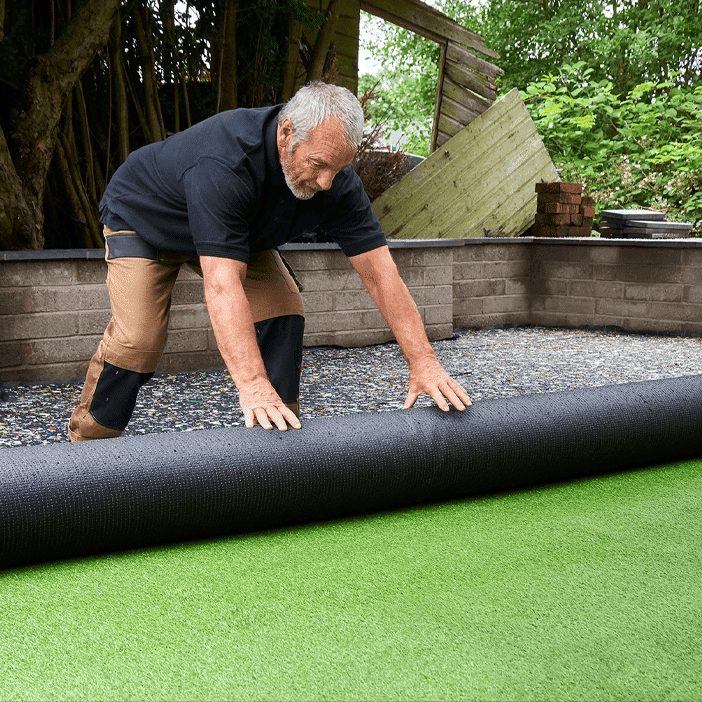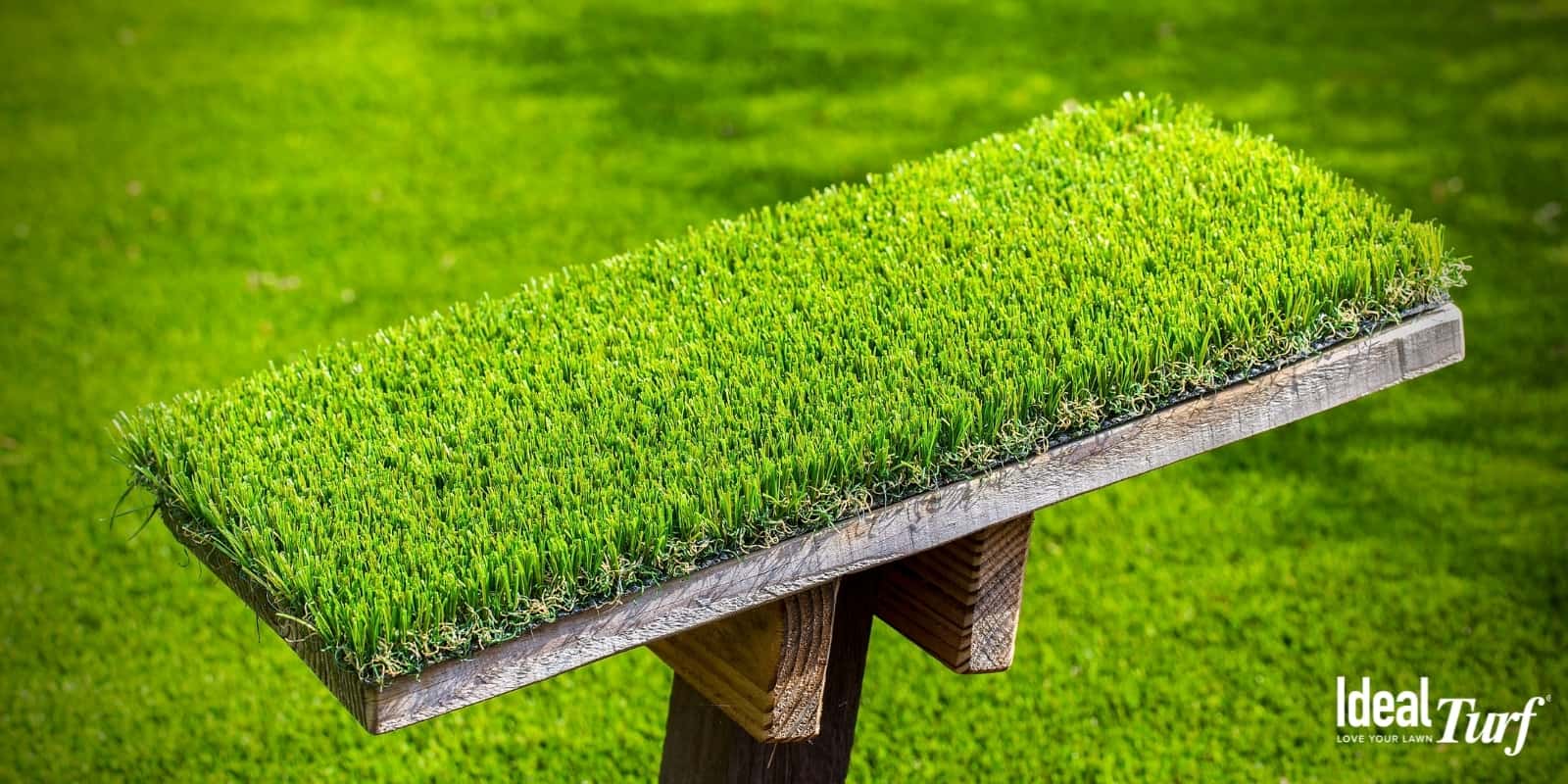Expert Arizona Turf Providers Ensuring a Realistic Lawn Option
Expert Arizona Turf Providers Ensuring a Realistic Lawn Option
Blog Article
Look Into the Environmental Conveniences of Opting for Synthetic Grass Solutions
The adoption of artificial grass options offers an engaging chance to attend to pushing environmental difficulties. By dramatically reducing water use and minimizing the application of harmful chemicals, these choices not only advertise sustainable landscape design however also secure regional ecological communities. Furthermore, the reduced carbon footprint related to lowered upkeep activities adds to an extra lasting method to land management. Nonetheless, the effects of these benefits prolong beyond mere preservation initiatives, raising concerns concerning their long-term effect on environment conservation and general eco-friendly balance. Exploring these dimensions discloses a complicated interaction worth considering.
Water Preservation Perks
Among the most significant benefits of artificial grass is its capability to preserve water. Conventional yard lawns call for considerable watering, especially in locations vulnerable to drought or water limitations. On the other hand, synthetic grass does not need watering, dramatically reducing the general need for water sources. This attribute is particularly beneficial in deserts where water deficiency is a pressing concern.
By getting rid of the need for normal watering, fabricated grass adds to lasting landscape practices and assists mitigate the environmental influence of too much water consumption. Furthermore, the conservation of water includes the decrease of overflow, which can bring about dirt erosion and river pollution.
Furthermore, the setup of fabricated grass enables homeowners and municipalities to designate water resources much more successfully, concentrating on important uses such as alcohol consumption water and agriculture. The change in the direction of fabricated lawn not just advertises liable water use but also aligns with more comprehensive environmental goals aimed at preserving natural sources.
As neighborhoods progressively focus on sustainability, the water conservation benefits of synthetic grass present a compelling case for its fostering in domestic and commercial landscape design jobs.
Reduced Chemical Usage
The transition to artificial turf substantially lowers the reliance on chemical treatments generally utilized in all-natural yard upkeep. Traditional turf administration normally includes the application of herbicides, fertilizers, and pesticides to promote development and control insects. These chemicals can pose dangers to human health, regional wildlife, and the environment, adding to dirt and water contamination.
On the other hand, man-made grass eliminates the need for these hazardous materials. Once installed, it calls for minimal upkeep, mostly containing normal cleaning and seldom infill replenishment. This decrease in chemical usage not just benefits the immediate environment however additionally contributes to wider ecological security. By lessening the release of synthetic compounds into the environment, man-made grass advertises healthier soil and water systems.
In addition, the lack of chemical drainage related to synthetic grass installations aids shield neighborhood waterways from contamination, sustaining aquatic life and maintaining biodiversity. Phoenix turf companies. As areas progressively prioritize sustainable methods, deciding for artificial grass offers a practical option that straightens with ecological preservation objectives. With this change, building proprietors can delight in lush eco-friendly rooms without compromising environmental health and wellness, paving the means for a much more lasting future
Reduced Carbon Impact

Moreover, the installation of synthetic grass can cause considerable water preservation. All-natural yards require considerable quantities of water for watering, which not just adds to the carbon impact connected with water extraction and treatment yet likewise stress local water resources. On the other hand, fabricated turf needs marginal maintenance, calling for no watering, therefore considerably reducing water usage and its connected power expenses.
Furthermore, the long life of synthetic grass adds to its decreased carbon influence. With a lifespan of approximately 15 years or more, the requirement for frequent replacements is lessened, causing less waste and reduced energy usage in manufacturing and dealing with conventional lawn options. Overall, man-made turf presents a lasting option for environmentally aware landscaping.
Habitat Preservation
Environment conservation is a critical factor to consider in the dispute over landscape design choices, specifically when contrasting synthetic grass to natural turf. Natural grass lawns commonly require substantial upkeep, consisting of the use of pesticides, herbicides, and fertilizers, which can adversely influence neighborhood ecosystems. These chemicals can seep right into the soil and rivers, hurting native plants and animals and interfering with regional environments.
On the other hand, synthetic lawn presents an opportunity to lower the environmental impact of landscape design. By selecting artificial turf, property owners can reduce the disturbance of natural environments related to standard yard treatment practices. Synthetic grass gets rid of the need for damaging chemicals, consequently securing close-by wildlife and preserving the integrity of bordering environments. The installment of fabricated grass can lead to the conversion of former turf areas into more biodiverse landscapes, such as pollinator gardens or native plant areas, which can support regional wild animals.
Eventually, the shift to artificial turf not only conserves water and minimizes upkeep initiatives yet also promotes a much more unified relationship in between human tasks and the natural atmosphere, advertising habitat preservation while doing so.
Long-Term Sustainability
Lasting try this sustainability is an essential element in examining the benefits of synthetic turf over typical lawn yards. Among the most substantial benefits of man-made lawn is its durability; it can last up to 15-20 years with very little maintenance, whereas all-natural lawn needs frequent reseeding and substitute. This longevity decreases the requirement for constant resources, such as water, fertilizers, and chemicals, which are crucial for maintaining a healthy and balanced turf lawn.
Furthermore, synthetic grass adds to a reduction in carbon exhausts linked with grass treatment equipment. Traditional grass commonly require gas-powered mowers, leaners, and blowers, every one of which add to air pollution. Artificial turf companies phoenix. On the other hand, synthetic grass eliminates the need for such tools, promoting a cleaner environment
Additionally, the manufacturing of man-made grass increasingly uses recycled products, enhancing its sustainability account. As producers embrace environment-friendly techniques, the environmental footprint of man-made grass remains to decrease.

Verdict
The fostering of synthetic grass remedies offers considerable environmental benefits, consisting of significant water preservation, minimized reliance on hazardous look these up chemicals, and a click for more info lower carbon impact. Additionally, synthetic grass help in protecting natural environments by minimizing land disruption and advertising long-lasting sustainability via using resilient products. Jointly, these elements emphasize the capacity of synthetic grass to add positively to ecological health and wellness and offer a practical alternative to traditional landscape design practices in an increasingly resource-conscious world.
In contrast, synthetic lawn does not need watering, substantially lowering the total need for water resources. By reducing the release of synthetic substances into the ecosystem, artificial grass advertises much healthier soil and water systems.
Furthermore, the installation of synthetic grass can result in significant water conservation. In contrast, synthetic grass needs minimal upkeep, calling for no watering, thus significantly minimizing water use and its linked power expenses.

Report this page